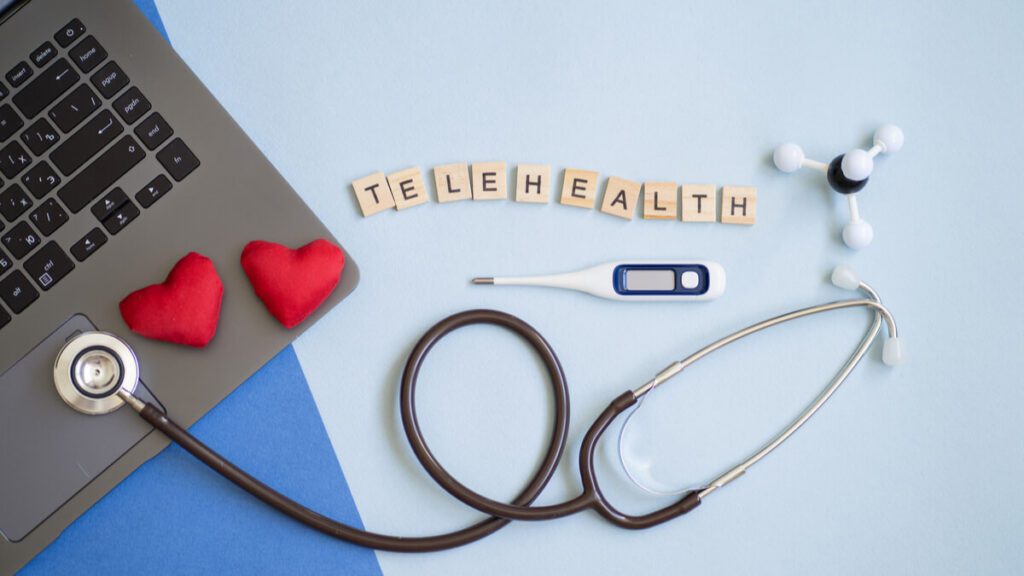
A survey comprising 500 doctors in 5 countries – US, China, Singapore, Germany and France – has revealed that doctors greatly value telehealth as one of the most useful forms of medical technology amid the pandemic.
Pre-pandemic, most doctors ranked AI as the most promising and potentially beneficial innovation in technology to disrupt the healthcare industry. Although more than half of doctors still think so, the number of those favoring telehealth has increased from around 39% to 61% according to the report.
Many young doctors and healthcare professionals hope that these developments in medical technology are adopted permanently after the pandemic.
Doctors hope to see more digital health tools and technologies emerge and become mainstream, and also hoped there would be more ways to utilize the technology.
The report also stated that medical practioners would like these technologies to be accessible to more and more people, while many would like to see a greater appreciation from the patients themselves.
The use of telehealth and remote medical technology in healthcare are listed as synchronous, asynchronous, and remote monitoring. Synchronous refers to real- time video or telephone communication between doctor and patient. In some cases, on-sight caretakers such as nurses can use tools such as a otoscope or digital stethoscope, while the doctor evaluates the results remotely.
Asynchronistic is when data is gathered, consolidated and evaluated later on. This data, if consolidated securely, can aid in research, development, and understanding of various pathologies and ailments.
Remote monitoring allows doctors to keep an eye on their more chronically ill patients, sometimes in real-time, but not always.
Automation can address the increasing demands in healthcare. The spread of the pandemic has been a most notable catalyst in the advancement of medical technology which doctor’s hope will facilitate services in the long-term.